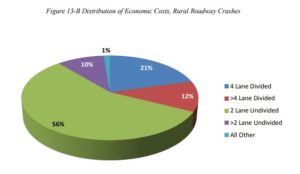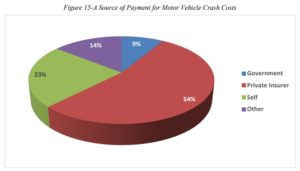
WASHINGTON, DC – Motor vehicle crashes cost American society an estimated $340 billion in 2019. This is equivalent to approximately $1,035 for every person living in the United States and 1.6% of the U.S. Gross Domestic Product. That is according to the National Highway Traffic Safety Administration. The agency’s new report, “The Economic and Societal Impact of Motor Vehicle Crashes, 2019,” examines the costs of one year of crashes that killed an estimated 36,500 people, injured 4.5 million, and damaged 23 million vehicles.
The lifetime economic cost to society for each fatality is $1.6 million. Over 90% of this amount is attributable to lost workplace and household productivity, and legal costs. Each critically injured survivor costs an average of $979,000. Medical costs and lost productivity accounted for 81% of the cost for this most serious level of nonfatal injury, the report says.
Private insurers pay approximately 54% of all costs while individual crash victims pay approximately 23%; third-parties such as uninvolved motorists delayed in traffic, charities, and health care providers pay about 14%. Approximately 9% of all motor vehicle crash costs are paid from public revenues. Federal revenues accounted for 5%; and states and localities paid for approximately 3%.
“Overall, those not directly involved in crashes pay for roughly three-quarters of all crash costs, primarily through insurance premiums, taxes, and congestion-related costs such as travel delay, excess fuel consumption, and increased environmental impacts. In 2019 these costs, borne by society rather than by crash victims, totaled over $261 billion,” the report says.
State (Millions 2019 $) — % Total — Cost Per Capita — % Per Capita — Personal Income
IDAHO: $1,355 — 0.4% — $758 — 1.7%
WASHINGTON: $6,337 — 1.9% — $832 — 1.3%
OREGON: $2,822 — 0.8% — $669 — 1.3%
In cases of serious injury or death, medical care cannot fully restore victims to their pre-crash status and human capital costs fail to capture the intangible value of lost quality-of-life that results from these injuries, according to the report.
“In the case of death, victims are deprived of their entire remaining lifespan. In the case of serious injury, the impact on the lives of crash victims can involve acute or extended physical pain or lifelong impairment, which can interfere with or prevent even the most basic living functions. These more intangible effects can be valued using studies that examine the willingness of consumers to pay to avoid risk of death or injury. Assessing the value of these impacts provides a more complete basis for quantifying the harmful impacts of motor vehicle crashes on society,” the report says.
Alcohol involvement in fatal crashes has declined from 60% of all fatalities in 1982 to roughly 39% in 2019, while legal intoxication (defined as a BAC of .08 g/dL or greater) has declined from 53% to 33% over the same period. While these declines are encouraging, alcohol still remains a significant factor in motor vehicle crashes.
Motorcycles are the most hazardous form of motor vehicle transportation, according to the report.
“The lack of external protection provided by vehicle structure, the lack of internal protection provided by seat belts and air bags, their speed capability, the propensity for riders to become airborne through ejection, and the relative instability inherent with riding a two-wheeled vehicle all contribute to making the motorcycle the highest risk passenger vehicle. In 2019 there were 5,044 motorcyclists killed and 88,00021 were injured in police-reported crashes on our Nation’s roadways. This represents 14 percent of all traffic fatalities and 3 percent of all police-reported injuries. Motorcycles accounted for only 0.6 percent of all vehicle miles traveled in 2019. Per vehicle mile traveled in 2019, a motorcyclist was nearly 30 times more likely than a passenger car occupant to die in a motor vehicle traffic crash and 4 times more likely to be injured,” the report says.
Motorcycle helmet usage is the most important action that motorcycle riders can take to protect themselves in the event of a crash, officials say.
“Helmets reduce the chance of fatal injury by 37 percent for motorcycle operators and by 41 percent for passengers (Deutermann, 2004). They reduce the chance of nonfatal serious injury by 13 percent and minor injury by 8 percent (Blincoe, 1988). Unfortunately, only about 70 percent of motorcycle riders currently wear helmets. This causes unnecessary loss of life and critical injury, as well as considerable preventable economic loss to society,” the report says.
“This report drives home just how devastating traffic crashes are for families and the economic burden they place on society,” Acting Administrator Ann Carlson says. “We need to use the safe system approach embraced in DOT’s National Roadway Safety Strategy to dramatically decrease the number and severity of crashes: safer roads, safer people, safer vehicles, safer speeds, and better post-crash care.”
From NHTSA:
The report draws on data from a range of crashes, including ones that lead to property damage, serious injuries and fatalities. Data sources include NHTSA’s Fatality Analysis Reporting System, Crash Investigation Sampling System and the Crash Report Sampling System. The report also examines crashes not reported to the police, using consumer survey data, in-car observation techniques and a variety of other sources.
The $340 billion cost of motor vehicle crashes represents the equivalent of $1,035 for each of the 328 million people in the United States and 1.6% of the $21.4 trillion real U.S. gross domestic product for 2019. The $340 billion cost of motor vehicle crashes represents the equivalent of $1,035 for each of the 328 million people in the United States and 1.6% of the $21.4 trillion real U.S. gross domestic product for 2019.
Those not directly involved in crashes pay for roughly three-quarters of all crash costs, primarily through insurance premiums, taxes, congestion-related costs such as lost time, excess fuel consumption, and increased environmental impacts.
Traffic crashes cost taxpayers $30 billion in 2019, roughly 9% of all motor vehicle crash costs. This is the equivalent of $230 in added taxes for every household in the United States.
These losses include medical costs, lost productivity, legal and court costs, emergency service costs, insurance administration costs, congestion costs, property damage, and workplace losses. These figures include both police‐reported and unreported crashes.
When quality-of-life valuations are considered, the total value of societal harm from motor vehicle crashes in 2019 was nearly $1.4 trillion.
The report includes new data on the total value of seat belt use. From 1975 to 2019, seat belt use saved 404,000 lives and prevented $17.8 trillion in societal harm.
The report also looks at the cost of risky driving behaviors that contributed to crashes that led to fatalities, serious injuries and property damage only, including:
Alcohol
- Alcohol-involved crashes resulted in 14,219 fatalities, 497,000 injuries, and $68.9 billion in economic costs in 2019, accounting for 20% of all crash costs.
- Crashes involving alcohol levels of .08 BAC or higher are responsible for more than 90% of the economic costs and societal harm from crashes attributable to alcohol use.
Distraction
- Crashes where at least one driver was identified as being distracted resulted in 10,546 fatalities, 1.3 million nonfatal injuries, and $98.2 billion in economic costs in 2019, accounting for about 29% of all crash costs.
Failure to Wear a Seat Belt
- Failure to buckle up caused 2,400 avoidable fatalities, 46,000 serious injuries, and cost society $11 billion in easily preventable injury-related costs, accounting for about 3% of all crash costs.
- Seat belts work. Seat belt use prevented more than 14,600 fatalities, 450,000 serious injuries, and $93 billion in injury-related economic costs in 2019.
Speeding
- Speed-related crashes are associated with 10,192 fatalities, 498,000 nonfatal injuries, and $46 billion in economic costs in 2019, accounting for 14% of all economic costs.
- Speed-related crashes cost an average of $141 for every person in the United States.
The report also includes data on the costs associated with motorcycle crashes, failure to wear motorcycle helmets, pedestrian crashes, bicyclist crashes, and numerous different roadway designation crashes.
Nearly 95% of people who die using our nation’s transportation networks are killed on our streets, roads and highways. Roadway fatalities and the fatality rate declined consistently for 30 years, but progress has stalled over the last decade and went in the wrong direction in 2020 and 2021. The USDOT’s National Roadway Safety Strategy outlines what the Department is doing to address this crisis.
Read the entire report at: https://crashstats.nhtsa.dot.gov/Api/Public/ViewPublication/813403



